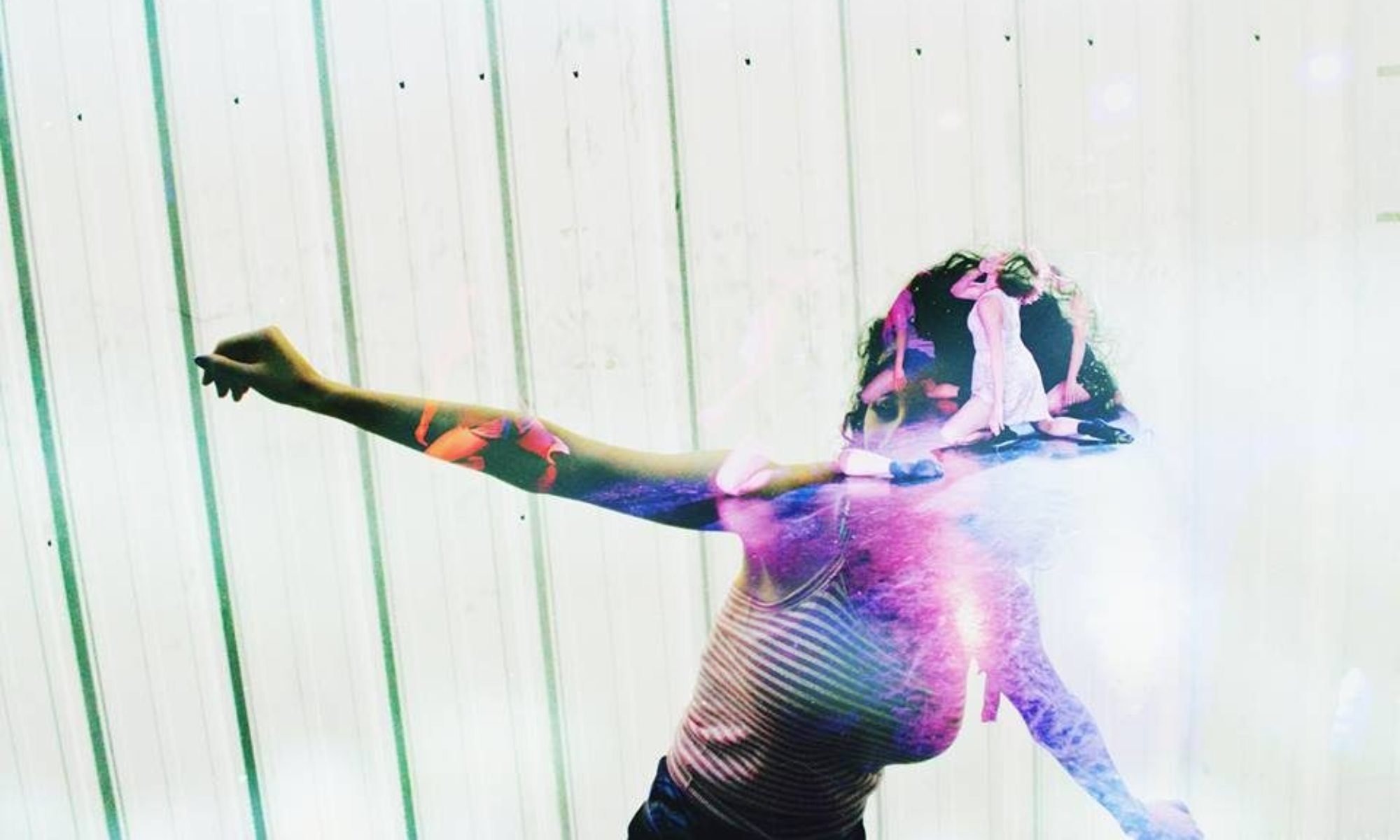Detras de nosotros estamos ustedes
November 2013
Detras de nosotros estamos ustedes (Behind us, there is yourselves) is a piece that I choreographed and it was inspired by a popular Mexican song called Te quedo grande la yegua and Audre Lorde’s writings. The narrative of the song is a woman trying to emancipate from her husband. She metaphorically compares their relationship with a horse and a rider. Her punch line states that she is going to find someone else who can be a better rider. In Mexico, this song represents strength and power for women; it is meant to shame men.
However, women are trying to reach emancipation through the same terms that are oppressing them. Audre Lorde shares: “For the master’s tools will never dismantle the master’s house. They may allow us temporarily to beat him at his own game, but they will never enable us to bring about genuine change. And this fact is only threatening to those women who still define the master’s house as their only source of support.” I wanted to shed light on the “master’s strategies” to stay on power and go beyond women’s oppression and emancipation. Detras de nosotros estamos ustedes is an interdisciplinary piece that intends to present and examine heteronormative gender roles in Mexican culture. The audience is expected to interpret critically and is pushed to question the evident conventions that are presented. As the choreographer, I utilized contemporary dance and Mexican folklore dance and music in a theatrical setting.
The first section is a duet performed by a man and woman dressed in identical underwear. A third figure joins them on stage with a guitar. He speaks in Spanish; he introduces himself as a musician and starts to comment about the couple that is in front of him. The tension between the couple is dull and mundane. However, the third figure is acting as counterpoint. The musician is addressing the audience directly and telling them about these two characters. The couple is unaware of the musician and too occupied with their issues. As the piece continues, the musician’s words start to reach the couple; he is challenging them. He is asking them to fulfill their gender role and offending them if they do otherwise. This third character is meant to divert the attention from the couple’s issues and place it on a greater figure. The couple is being influenced by the third figure and they do not even notice. The musician’s character encompasses a broader patriarchal structure that not only oppresses women, but men as well. He embodies a cultural figure that perpetuates values through music and dance. Later in the piece, more musicians and a party crowd reinforce the image of the third character.
During the musician’s monologue, he pulls out from his guitar a case a pair of pants and a red dress. Immediately these relate to the undress couple that is dancing. These clothes are the most common symbols of modern gender roles and especially the pants are associated with power and control. Perhaps an expectation of emancipation is made when the musician throws the clothes at them. As a choreographer, I am interested in the reaction of the audience at this moment: Are they going to fight over the pants? Are they going to reject both clothes? Are they going to switch roles? These reactions or expectations are meant to question heteronormative gender roles and how are they delivered to us. The couple “decides” to put on their respective clothes and the musician proceeds to introduce them officially to the audience. They are Juan and Juana.
In the next section, I used a popular folklore song and dance called La Iguana (The Lizard) to further explore the question of how gender roles are delivered and perpetuated in Mexican culture. I believe the social practice of folklore naturalizes dysfunctional relationships and stereotypes. La Iguana is a Mexican custom performed on stage and in social settings. The specific steps and costume vary from state to state but the premise is always the same. It is a courtship dance between a man and a woman. The man loses control and “transforms” into a lizard. He performs athletic steps in and out of the floor while following the woman. The lyrics have a hint of sexual innuendo. The dance consummates when the woman steps on the man to “kill” him. This dance is performed within a conservative society; nothing is explicit and the couple never has contact. It is interesting to note the female passivity and the athletic male display. At the end, the female takes control of the situation and stands out being more powerful. In Detras de nosotros estamos ustedes, the ending victory is misleading. It does not intend to make a statement for women’s emancipation. It emphasizes the performativity of gender roles and of the dance itself.
The piece has an introductory feeling; it does not challenge or subvert. It presents the evident. Perhaps in its simplicity the master’s tools are more visible. The audience is invited to witness and participate in the performance. It is meant to passively provoke the audience to a critical interpretation of this Mexican tradition
